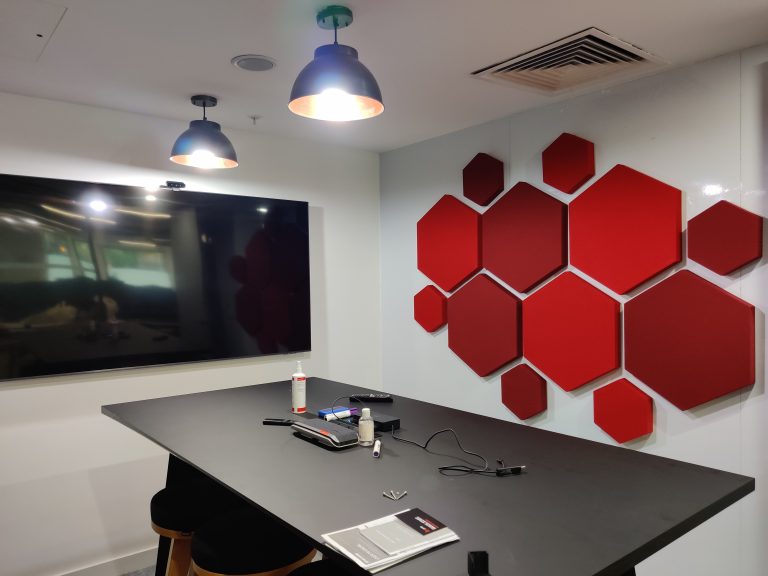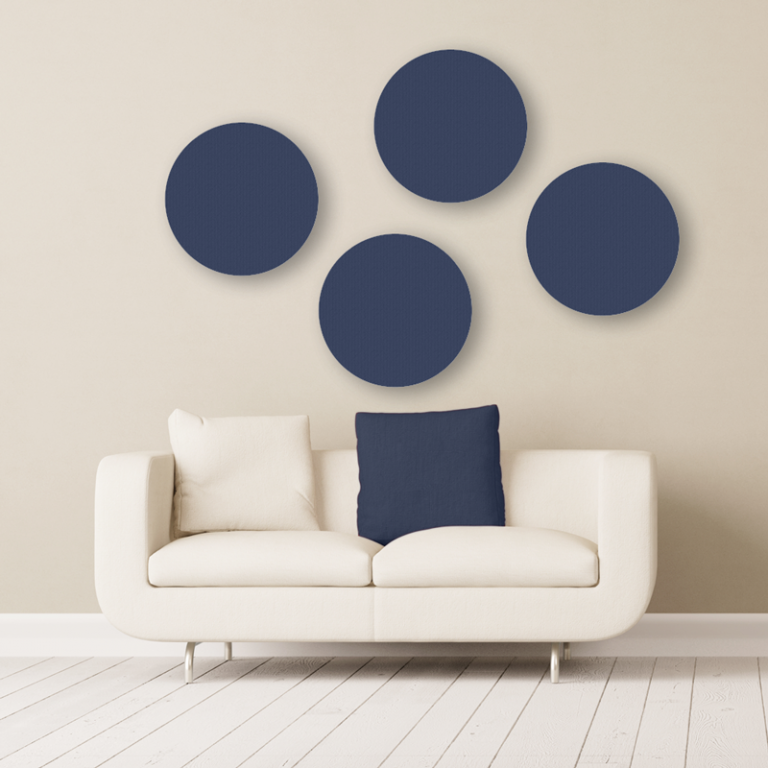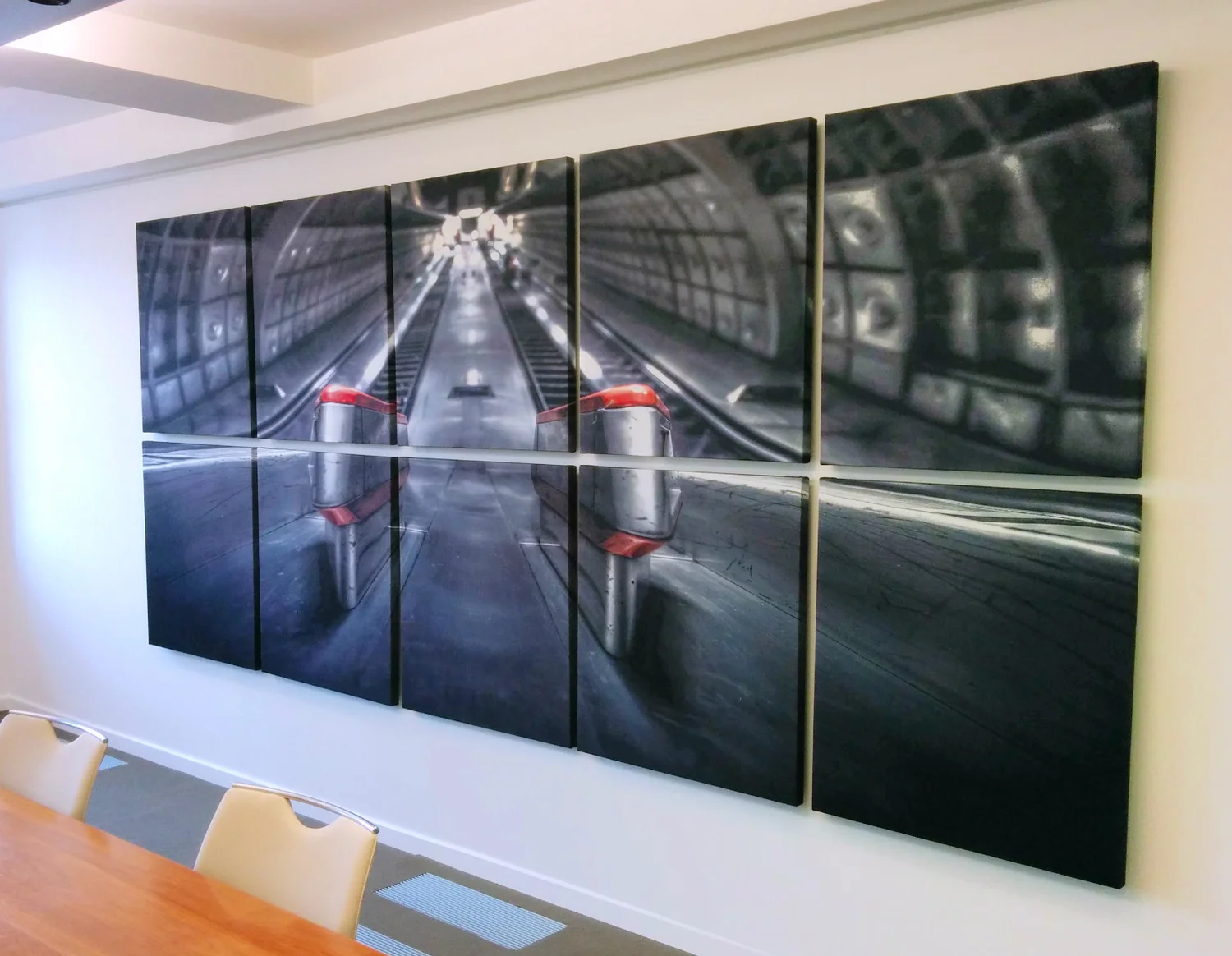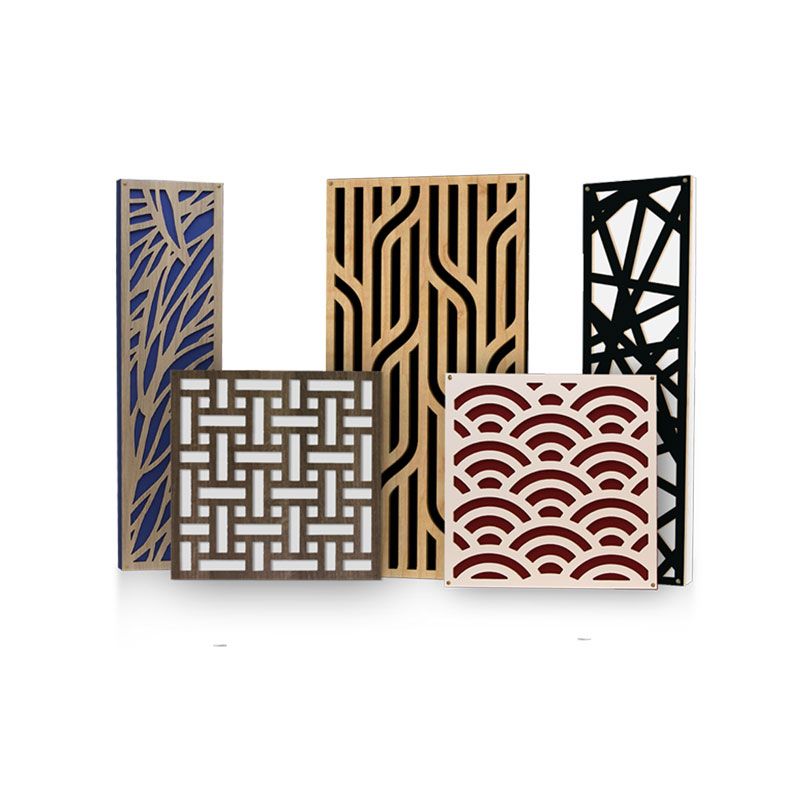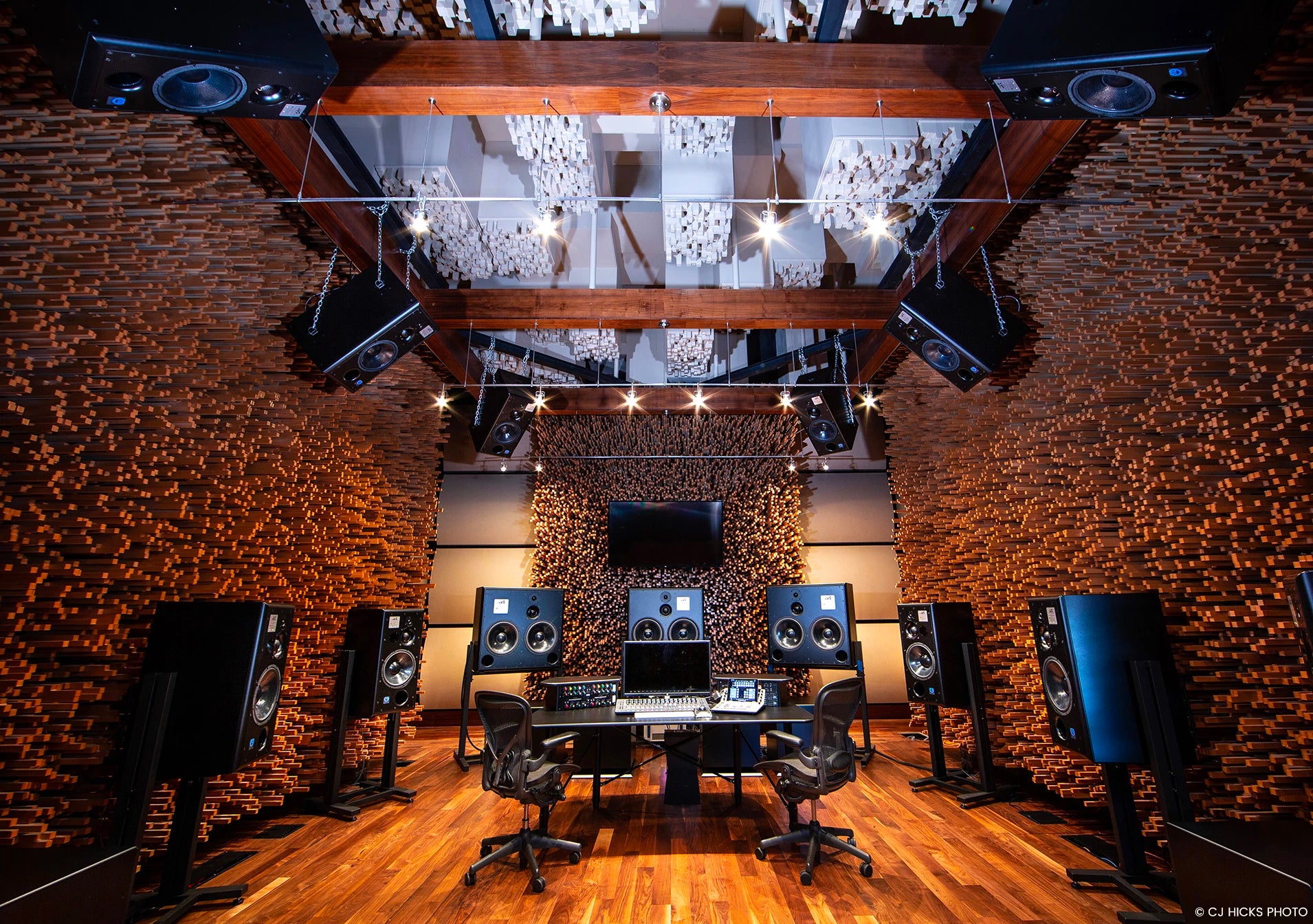Cassel5995
Member
- Joined
- Jun 15, 2022
- Messages
- 6
- Likes
- 2
I've been involved with audio for 25 years, from tubes to class D. I've read all the magazines and, visited the salons and attended a number of shows. I became aware of Audio Ameture, speaker builder and audio electronics years ago, and was off to the races. Built several speaker projects, anyone familiar with Marc Bacon? Canadian engineer who designed an open baffle MTM with a vented 10" woofer on bottom called the Danielle? I now own a pair of Talon Firebirds, driven by a NAD32. Source is my Microsoft laptop through a cheapie USB using Tidal and Qobuz. My room is hard, lots of reflective surfaces, and would like to try some kind of software based equalization, DSP? The problem is in the upper midrange to lower treble. Surprisingly good in the lower mids to bass. I know nothing of this, except from what I've read on the forum. Seems that some speaker reviews have comments on how to fix frequency response by means of DSP- active equalization. Any help would be greatly appreciated. 1st time posting, greatly appreciate the wealth of knowledge, and the generosity of those who are more knowledgeable. Like to thank Amir for his tireless pursuit of sifting through the bullshit, snake oil salesmen and golden eared turds.

